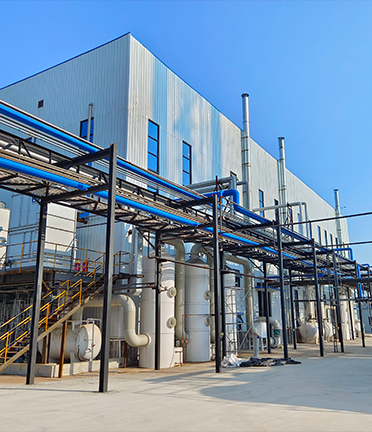flocculation in water purification
Flocculation in Water Purification
Water purification is a crucial process that ensures access to clean and safe drinking water. One of the key methods employed in this process is flocculation, a gentle settling phenomenon that plays a significant role in removing impurities from water. Flocculation involves the aggregation of fine particles suspended in water into larger clusters, or ‘flocs,’ which can then be easily separated from the water. This article explores the principles of flocculation, its applications in water purification, and its importance in ensuring water quality.
Flocculation in Water Purification
Flocs, which can range from the size of a pinhead to several centimeters, can remove sediment and other impurities during the sedimentation phase. The larger the flocs, the more efficiently they settle to the bottom of the treatment basin, allowing for clearer water to be collected from the top. This makes flocculation an essential step in both drinking water treatment and wastewater management, significantly reducing the concentration of harmful substances.
flocculation in water purification

Moreover, flocculation not only helps in physical removal of particles but also enhances the removal of microorganisms and pathogens from water. As the flocs settle, they can trap bacteria, viruses, and parasites, thereby providing an added layer of protection against waterborne diseases. This is particularly important in regions where access to clean water is limited and where outbreaks of diseases like cholera can occur due to contaminated sources.
Flocculation processes can be optimized based on the specific characteristics of the water being treated. Factors such as pH, temperature, and the presence of competing ions can all affect the efficiency of floc formation and settling. Advanced technologies, including automated flocculation systems and real-time monitoring, are increasingly being incorporated into water treatment facilities to enhance the effectiveness of this process.
In conclusion, flocculation is a vital component of water purification that enhances the clarity and safety of drinking water by effectively removing suspended solids and pathogenic microorganisms. By utilizing carefully optimized coagulation and flocculation techniques, water treatment facilities can ensure the delivery of high-quality water to communities. The ongoing research and development in flocculation technology will continue to play a pivotal role in addressing global water challenges, highlighting the importance of this method in promoting public health and environmental sustainability.
-
The Power of Isothiazolinones in Modern ApplicationsNewsMay.08,2025
-
Flocculants in Water TreatmentNewsMay.08,2025
-
Flocculants and Chemical Solutions: What You Need to KnowNewsMay.08,2025
-
Flocculants and Chemical Solutions: A Growing IndustryNewsMay.08,2025
-
Essential Chemicals: Polymaleic Anhydride and MoreNewsMay.08,2025
-
Acrylic Polymers: Essential Solutions for IndustryNewsMay.08,2025





